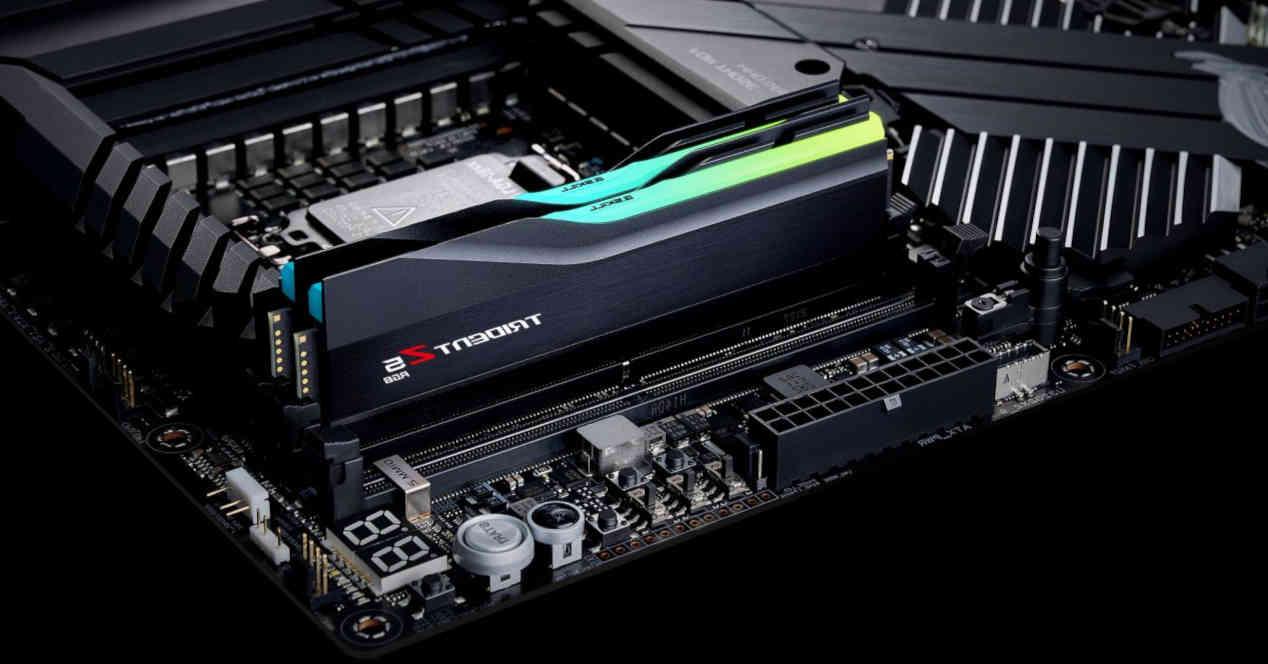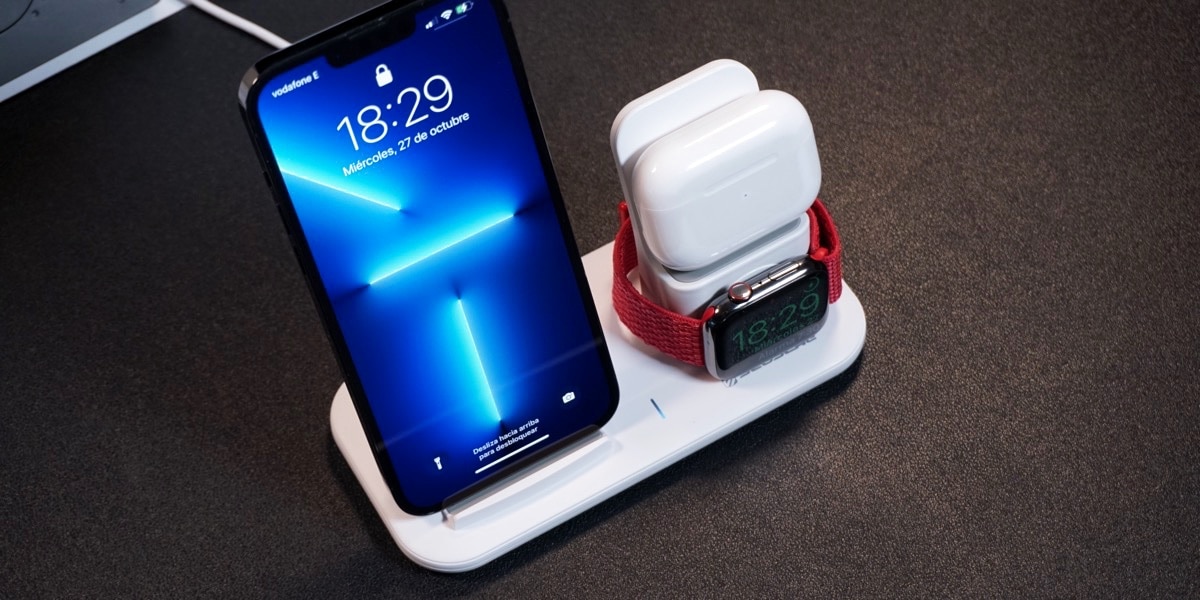The solutions? The most used is the cache memory, which we will not discuss here and which consists of transmitting the data to the processor by making copies in a hierarchy of internal memories, but it is not entirely efficient and it can happen that the information required to continue running a program could not be copied.
This is why the development of increasingly faster RAM memory standards and therefore with the possibility of transmitting a greater amount of information between the processor and the memory and vice versa.
What is Dynamic Memory Boost?
The name of this technology is self-explanatory enough, it is a technology which is responsible for increasing the clock speed of the communication interfaces between the processor and the RAM at specific times and not in a fixed manner. It is therefore a mechanism similar to that of a CPU or GPU which momentarily increases its clock speed.
To use this function, it is necessary that the BIOS of the motherboard supports it and that the RAM memory supports XMP 3.0, since it uses the third generation overclock profiles of the Extreme Memory Profile, although it should not be confused with this technology. .
And how does changing the speed of RAM work? Well, in a very simple way, in some workloads that require high performance, the processor clock speed can be increased to make it run faster, but when that happens, the distance between memory and processor decreases and is not increased by increasing the speed of the processor.
Intelligent memory overclocking?
The other part that we read in the marketing from Intel is that this is a smart memory overclock, it is nothing more than using the temperature sensors that are in the hardware to gradually decrease or increase the memory clock speed so that there are always bandwidth accelerations.
Remember, transferring data on a bus is nothing more than getting the most bits to arrive at the destination in a given time. We can make an analogy in which the bus is the road where vehicles travel, which are the bits that are transferred and therefore the speed in kilometers per hour is the equivalent of the bandwidth. With that you will have deduced that the Intel Dynamic Memory Boost consists in making the memory make small accelerations.
XMP 3.0 and Intel Dynamic Memory Boost
XMP 3.0-compliant DDR5 memory meets the following standards:
- The memory interface has a basic operating speed, which corresponds to the JEDEC standard. Currently, it is DDR5-4800, which means that we are talking about 2.4 GHz or 2400 MHz.
- The five XMP 3.0 profiles, three predefined and two user configurable, are outside of the JEDEC standard and are responsible for increasing the DDR5 clock speed. To do this, the CPU and chipset access the PMIC, a small chip in DDR5 modules that controls their voltage.
We have to take into account that the voltage is always related to the clock speed, increasing it means that the power consumption will increase quadratically as we adapt the clock speed linearly. Not only that, but the voltage also increases with increasing clock speed. In the case of DDR5, the supported voltages are: 1.1 V, 1.25 V and 1.25 V, the first being that of the JEDEC standard and the other two for the speed increases for the XMP 3.0.
Now, Dynamic Memory Boost has a catch, which is that it doesn’t vary from base speed to any of the five profiles, but to DDR5’s first XMP 3.0 profile, which is specified by the manufacturer of the memory. It should also be borne in mind that increasing the bandwidth in this manner also increases the temperature of said interface, which can be counterproductive to the health of the processor and the memory itself.
DDR5 and CPU profiles
Now that we know that Dynamic Memory Boost dynamically varies RAM bandwidth between base speed and the first XMP 3.0 profile, we can only say when it comes to wanting to get the best DDR5 for our Intel Core 12 is You need to look at the fine print and know what the characteristics of this profile are.
By the way, not all DDR5 work in the same way and do not all consume the same according to the given bandwidth because there is no relationship between voltage and speed. We can find a DDR5-5200 that works at 1.1 V and another at 1.25 V. Well, because the consumption in the first case will be less and with it the heat generated, we will have that the first memory can withstand the increased period of Dynamic Memory Boost for a longer period.
Table of Contents











